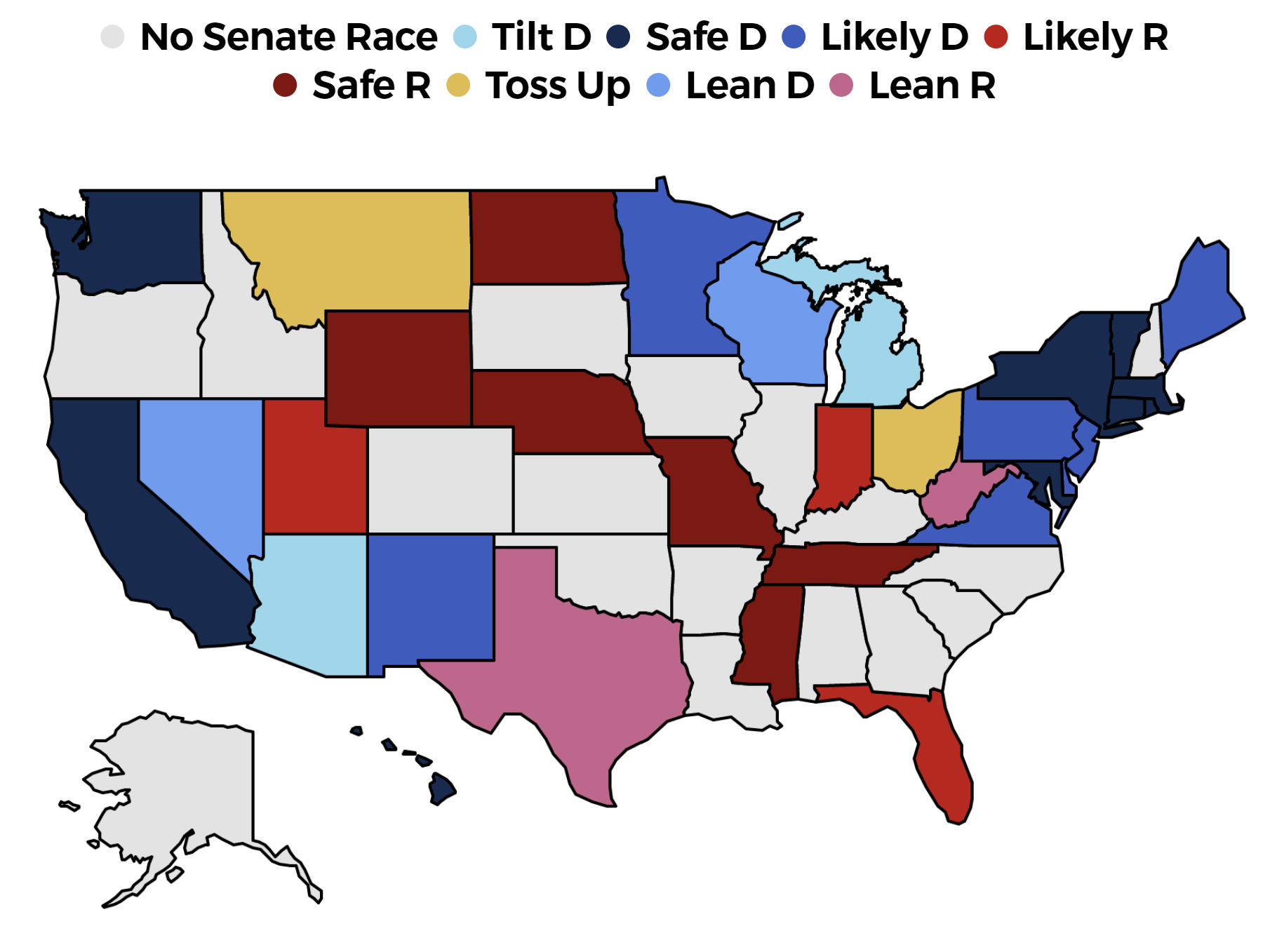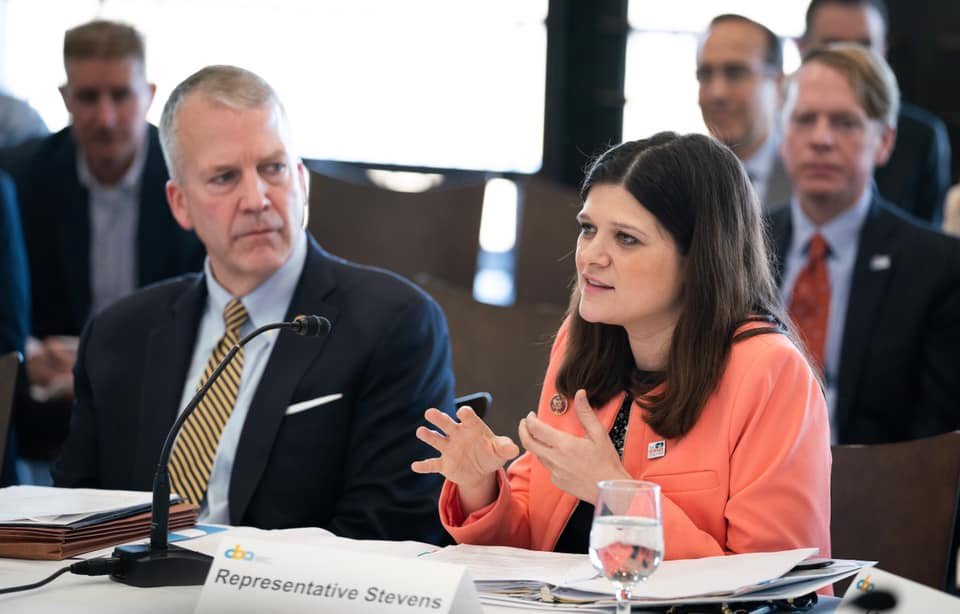Trump’s Pathway to Victory Has Narrowed Considerably
President Trump walks to a Rose Garden Press Conference
Photo Credit: The White House, Public domain, via Wikimedia Commons
By: Logan Phillips
Date: October 28th
In the final days of the campaign, Donald Trump's road to winning yet another upset victory is far steeper in 2020 than it was four years ago. He’s fallen behind in Arizona, Florida, and North Carolina, and remains mired in a fiercely contested battle for red-leaning states like Georgia and Texas.
However, the greatest indicator of Joe Biden's advantage is his robust lead in Wisconsin, Michigan, and even Pennsylvania. Biden has forged a significant and steady lead, the type of which is rarely ever overcome in a presidential campaign.
This would be less concerning for team Trump if he wasn't seeing such disappointing numbers in Minnesota, Nevada, and New Hampshire. These are states that Donald Trump hoped could make up for potential failings in the swing states that have gotten central casting for much of 2020. Over the past few months, all three were considered visible alternatives for the Trump campaign to sneak in another potential 2016 Wisconsin style upset.
Barring an even more shocking an upset in Virginia or Colorado, Joe Biden would secure the 270 electoral votes he needs to win the White House if he can rebuild the “Blue Wall” of Michigan, Wisconsin, and Pennsylvania, while holding onto Minnesota, Nevada and New Hampshire.
Undoubtedly, many will feel this eerily reminiscent of the analysis delivered by more than a few pundits on the eve of the 2016 election. The situation is comparable only to a point. Clinton's lead in polling was not insignificant in the midwest, but Joe Biden's edge is substantially larger and has been much more consistent.
Four years ago, there were unheeded warning signs in the data that suggested an upset remained quite viable. The race was incredibly volatile, oscillating multiple times between big Clinton lead and a razor thin margin. Donald Trump even took the lead in the national polling average for several brief moments, a feat he has failed to achieve even once against Joe Biden.
In 2016, the polls also showed an unusually high number of voters remained undecided, even when election day was right around the corner. One of the factors that won Donald Trump the election was the reopening of the investigation into Hillary Clinton’s emails in late October. Its impact was only possible because so many voters remained persuadable in the final days of the election.
However, despite these red flags in the data, reporters, pundits, and many left-leaning voters consistently underrated Trump's chances because they didn't think it was plausible that a man like him could ever win the presidency.
The 2020 election, in contrast, is one of the single most consistent and steady races in American history. For over 18 months, Joe Biden has been on top of the national polls. He's been up by at least six percent since he astounded expectations on Super Tuesday.
In our forecast, we believe that a Trump victory remains a possibility. However, it would easily be the greatest upset since the onset of scientific polling in the 1940s. His less than five percent chance today pales in comparison to the forty percent chance he had on election day four years ago.


































